Zambia Malawi and Mozambique
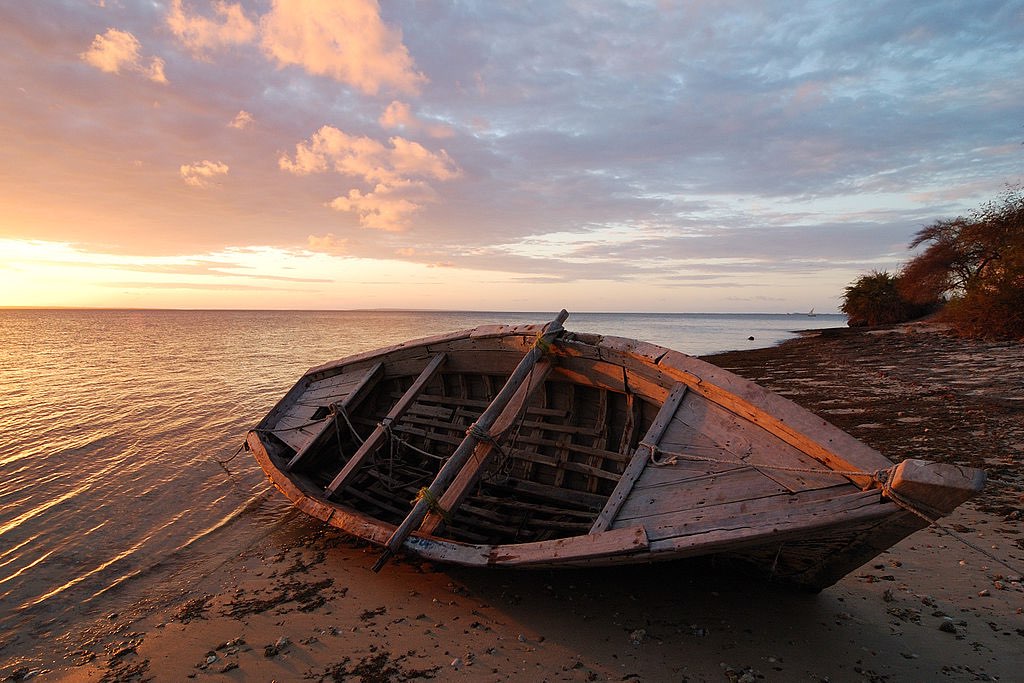
We’ll be back in Africa starting tomorrow, after 4 years (last time it was Rwanda and Congo). So excited! We’ll try to experience as much as we can of these three nations, starting from Zambia going at least to see the obligatory magnificent Victoria Falls, then to the Zambesi River. From there back to Lusaka and on the Malawi to see the big homonymous Lake.
From there will head to Mozambique and will go to Ilha de Mozambique and up north to the remote Quirimba Archipelago. Then down to Maputo the capital. At least that’s the plan. It will surely change a bit as in Africa you need to be prepared to hiccups and difficulties. It will be tough, dirty and at time uncomfortable but that is the spirit of travel in our opinion. And the prize is to reach places and sights we will never forget!
Victoria Falls (Lozi: Mosi-oa-Tunya, “The Smoke that Thunders”) is a waterfall in southern Africa on the Zambezi River at the border between Zambia and Zimbabwe. It is clearly visible from the Zimbabwean side, which also has the town Victoria Falls named after the falls.
Being 108 meters high and more than 1700 meters wide is the biggest waterfall in the world and carries an astonishing 1 million liters of waters every second!
A famous feature is the naturally formed “Armchair” (now sometimes called “Devil’s Pool”), near the edge of the falls on Livingstone Island on the Zambian side. When the river flow is at a certain level, usually between September and December,
a rock barrier forms an eddy with minimal current, allowing adventurous swimmers to splash around in relative safety a few feet from the point where the water cascades over the falls.
Since 2005, Gule Wamkulu has been classified as one of the 90 Masterpieces of the Oral and Intangible Heritage of Humanity, a program by UNESCO for preservation of intangible cultural heritage. This dance form may date to the great Chewa Empire of the
17th century. Gule Wamkulu, or big dance, is the best-known and longest dance of the Nyau. It is also known as pemphero lathu lalikulu la mizimu (“great prayer to our ancestors”) or gulu la anamwaliri (“dance of the ancestors”). Prior to the Gule Wamkulu dance, Nyau dancers observe a series of secret rituals which are associated with their society, a secret brotherhood.
Lake Malawi, also known as Lake Nyasa in Tanzania and Lago Niassa in Mozambique, is an African Great Lake and the southernmost lake in the East African Rift system, located between Malawi, Mozambique and Tanzania. It is the ninth largest lake in the world and the third largest and second deepest lake in Africa.
It is home to more species of fish than any other lake,[including at least 700 species of cichlids. The Mozambique portion of the lake was officially declared a reserve by the Government of Mozambique on June 10, 2011, while in Malawi a portion of the lake is included in Lake Malawi National Park. Lake Malawi is a meromictic lake, meaning that its water layers do not mix. The permanent stratification of Lake Malawi’s water and the oxic-anoxic boundary (relating to oxygen in the water) are maintained by moderately small chemical and thermal gradients.
Ibo is one of the Quirimbas Islands in the Indian Ocean off northern Mozambique. It is part of Cabo Delgado Province. It grew as a Muslim trading port. Vasco da Gama reportedly rested on the island in 1502. The island was fortified in 1609 by the Portuguese.
In the late eighteenth century, Portuguese colonialists built the Fort of São João, which still survives, and the town, as a slave port, became the second most important in the region after Mozambique Island. The island is now a far quieter place, known for its silversmiths.
Ibo forms part of the Quirimbas National Park and is linked by dhows to the mainland at Tandanhangue.
The Island of Mozambique (Portuguese: Ilha de Moçambique) lies off northern Mozambique, between the Mozambique Channel and Mossuril Bay, and is part of Nampula Province.
Prior to 1898, it was the capital of colonial Portuguese East Africa. With its rich history and sandy beaches, the Island of Mozambique is a UNESCO World Heritage site and one of Mozambique’s fastest growing tourist destinations. It has a permanent population of approximately 14,000 people and is served by nearby Lumbo Airport on the Nampula mainland.
Some text courtesy of Wikipedia
Follow us on Facebook Twitter, and Instagram! We’ll try to post as many photos and experiences as we can.
Sometimes we’ll be off-grid but that’s the exciting part right?
Cheers from Sigfrido & Valeria 🙂

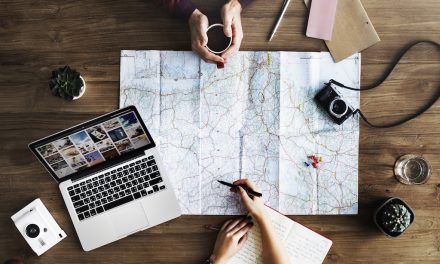
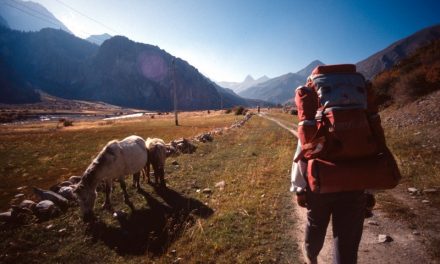
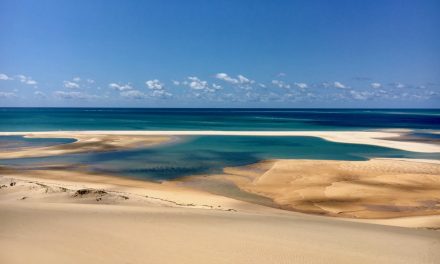
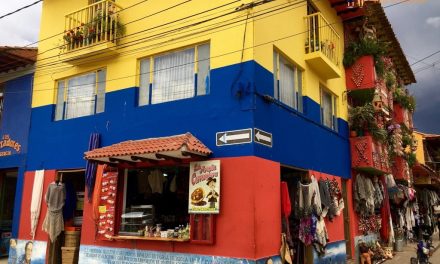
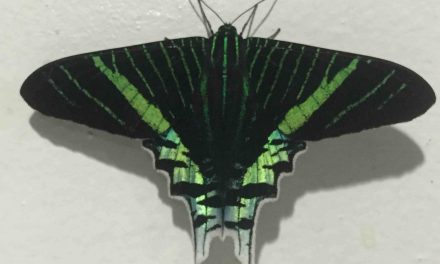

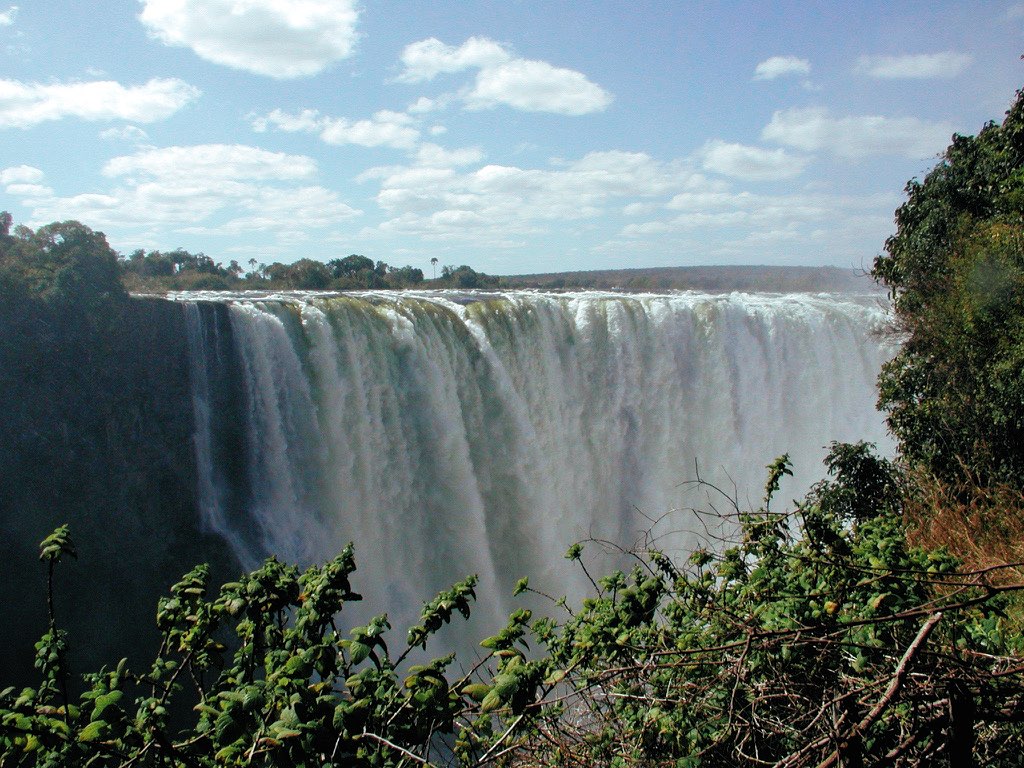
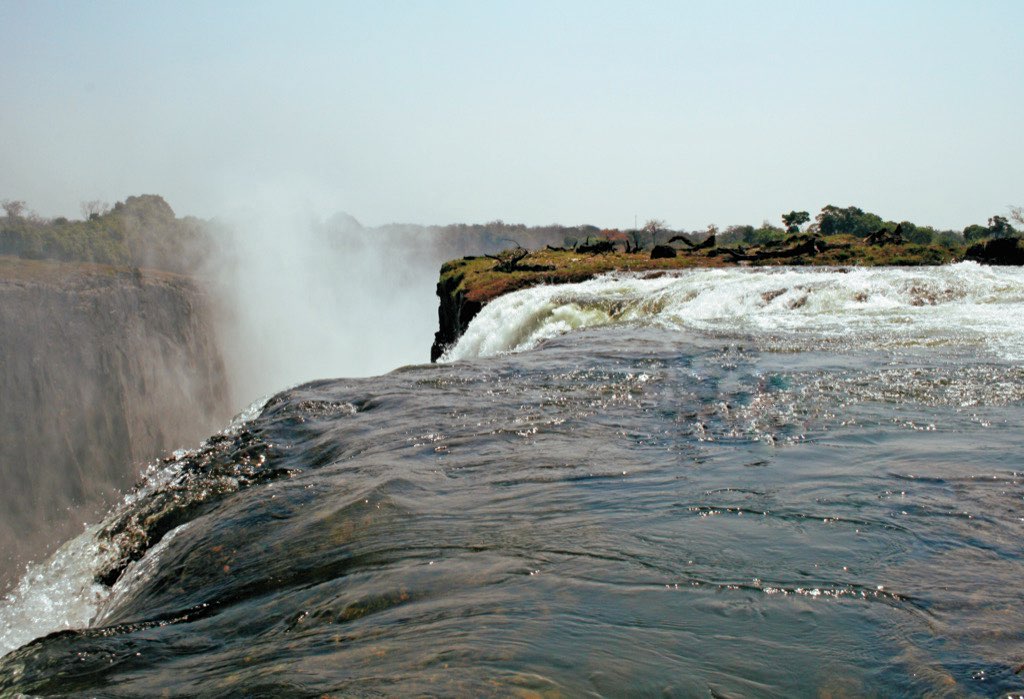
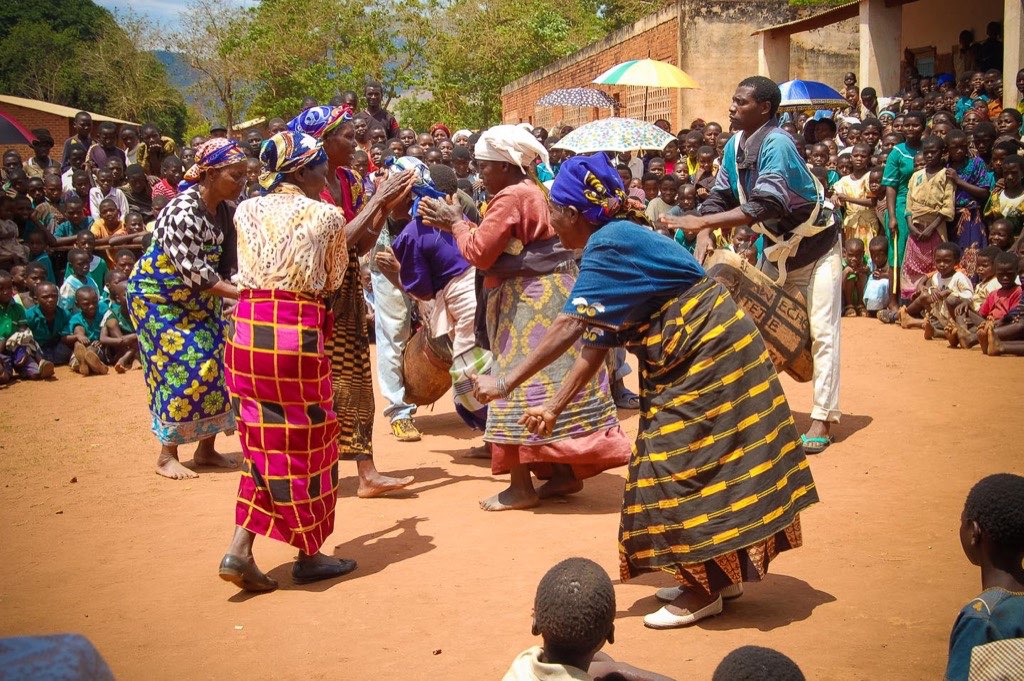
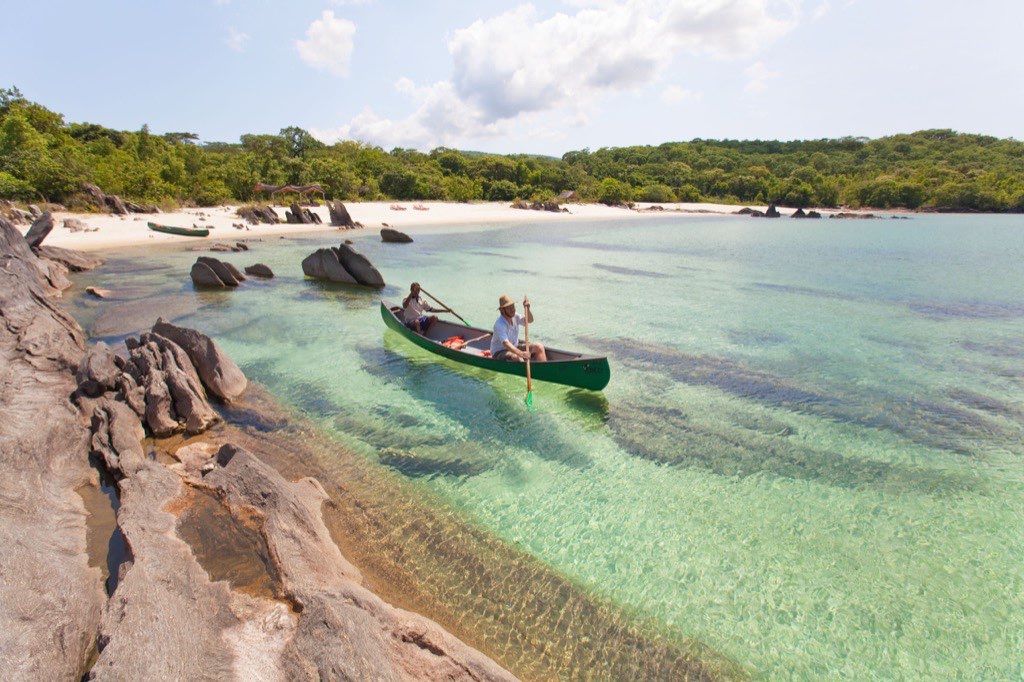
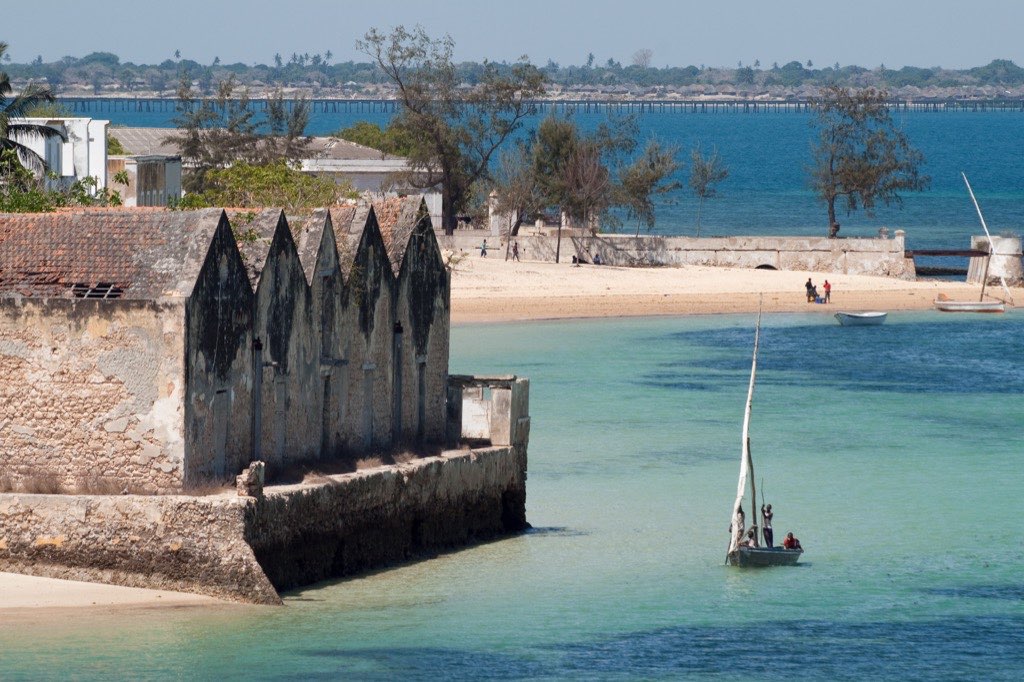
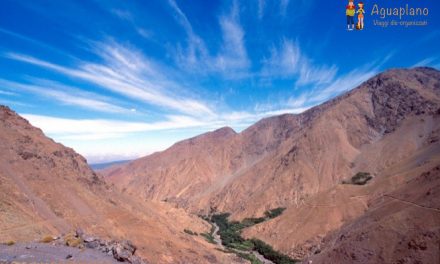
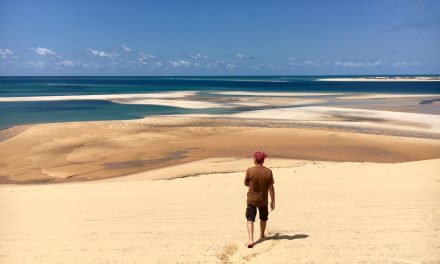
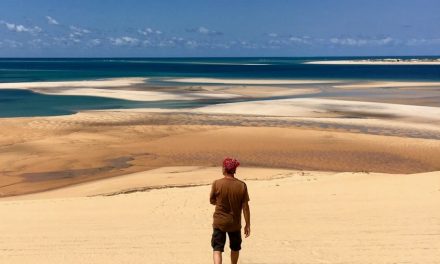
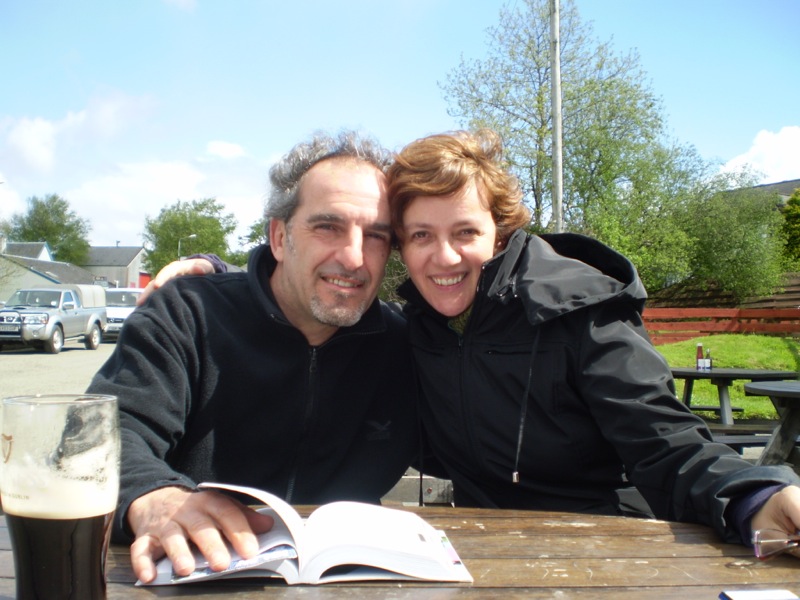
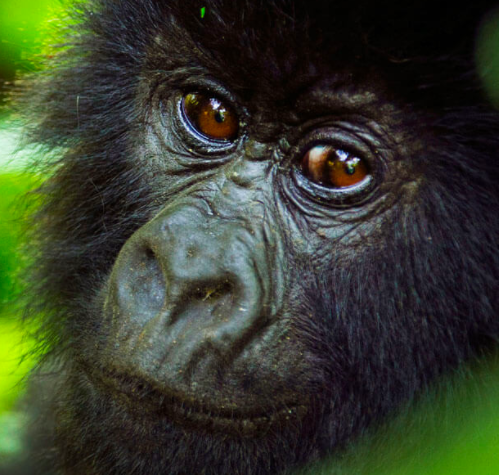
Last Comments